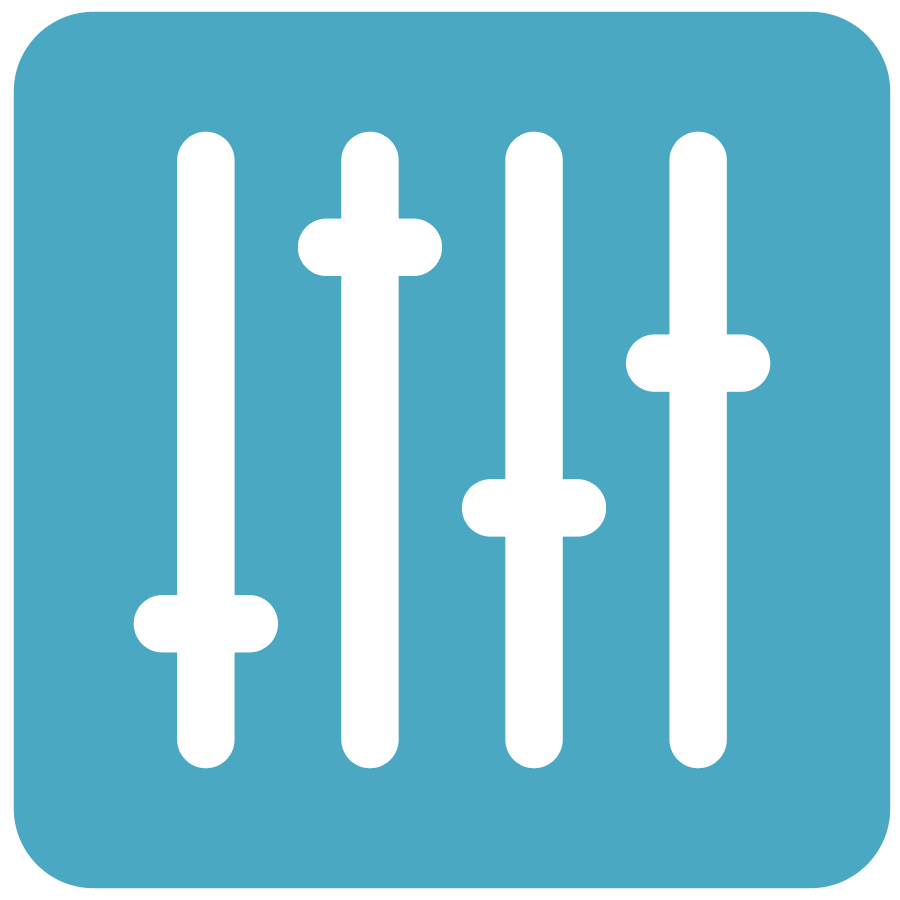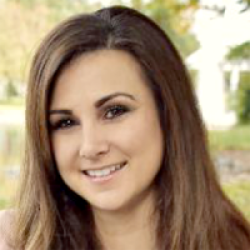
In a 6-week PBL unit in my 9th grade biology class, students are researching infectious diseases relevant to our community. Their driving question is, “How can we, as students, educate our community about the prevention and spread of an infectious disease?” They were given a few days to research diseases, choose one, and create their own driving question based on mine, such as, “How can we, as students, educate our community about the prevention and spread of the West Nile Virus?” For five weeks, students worked on this project, with obvious scaffolding along the way such as mini lectures, quizzes, and guest speakers. At the start of week five, students were ready to fine-tune their work, so I introduced them to the “tuning protocol.”
How I Structure the Tuning Protocol
I run the tuning protocol across three days. On Day One, students fill out a questionnaire with 8-10 questions about their projects, such as, “What is your driving question?,” “Explain the disease. Include virus or bacteria information,” “What is your product? What are your outreach ideas?,” “Through your research and product, how are you hoping to help your community?”
On Day Two, students get into predetermined groups of three. I facilitate the tuning protocol just as I was taught at the BIE PBL 101 workshop at PBL World a few years ago, with a few little tweaks in timing I have learned from experience. After students introduce themselves to their new team members and identify who is #1, #2, and #3 they follow these steps, which they repeat for each member:
1. Team member #1 presents their project work while #2 and #3 (known as the “audience”) listen and take notes. (2 ½ min.)
2. The audience asks clarifying questions to the presenter. (1 min.)
3. The audience assesses the work. (2 min.)
This is always fun to watch; the presenter turns around and sits in an awkward silence while the audience writes notes about 3 prompts: “I like…,” “I wonder…,” and “I have…,”. I tell them to think about their responses like this. For “I like…” write what you thought was good about their project, the positives you heard. Think of the “I wonder…” piece as the negatives, an issue or problem you see with their project. With the “I have…” prompt, take the negatives in the “I wonder…” piece and turn them into a positive using advice and resources to really help your classmate create an amazing project.
4. The audience discusses their thoughts and ideas. (1- 1½ min. per prompt)
The audience does this while the presenters back is still to them. Students always question why their back is to the audience, and I remind them that this allows the audience to give good feedback and not be interrupted by the presenter’s facial expressions or need to defend him or herself. I listen to the noise level of my room to determine when to move. I hear amazing feedback from my students as I walk around the room. “I really like how the driving question is direct and clear.” “I wonder if the team has thought about interviewing a local doctor to gather more information about the disease.” “I have advice for the team, maybe they should think about using a poll or questionnaire of students on our campus to see what they really know about Tuberculosis.”
5. The presenter turns around and the team discusses the entire process: the pros and cons, what advice they found useful, etc. (2 min.)
I use Day Three to continue the protocol if needed. I found with freshmen we were able to get through team members #1 and #2 on Day Two, and team member #3 presented on Day Three. After the final rotation, I have the teams get back into their research teams and listen to the feedback each was given. Students also discuss ideas learned from other presenters’ research and work. Students then use the rest of the period to fine-tune their work.
Value to Students
Students have given me great feedback on the process. They felt that the advice given from their teammates was really helpful. They liked that they were given new ideas from listening to their peers' projects and work. Some students found they are behind, and are grateful to find out immediately so they still have time to fix their work. Other students realized they are on point with their project which really boosted their esteem and drive to continue on. From the teacher perspective, I was very impressed with my students! I heard vocabulary from the unit, evidence from their research, useful feedback to help the other teams, and students really becoming the experts in their research.
We are exactly two weeks away from the showcase where parents, staff, and community members have been invited to check out student work and listen to their hopes for the health of their community. Students are ready to begin the final stages of their project. Hearing the discussions between students, and what they tell me about how useful the tuning protocol is to the PBL process, ensures that I will use it again.
Want to learn more about PBL? Check out our books.

